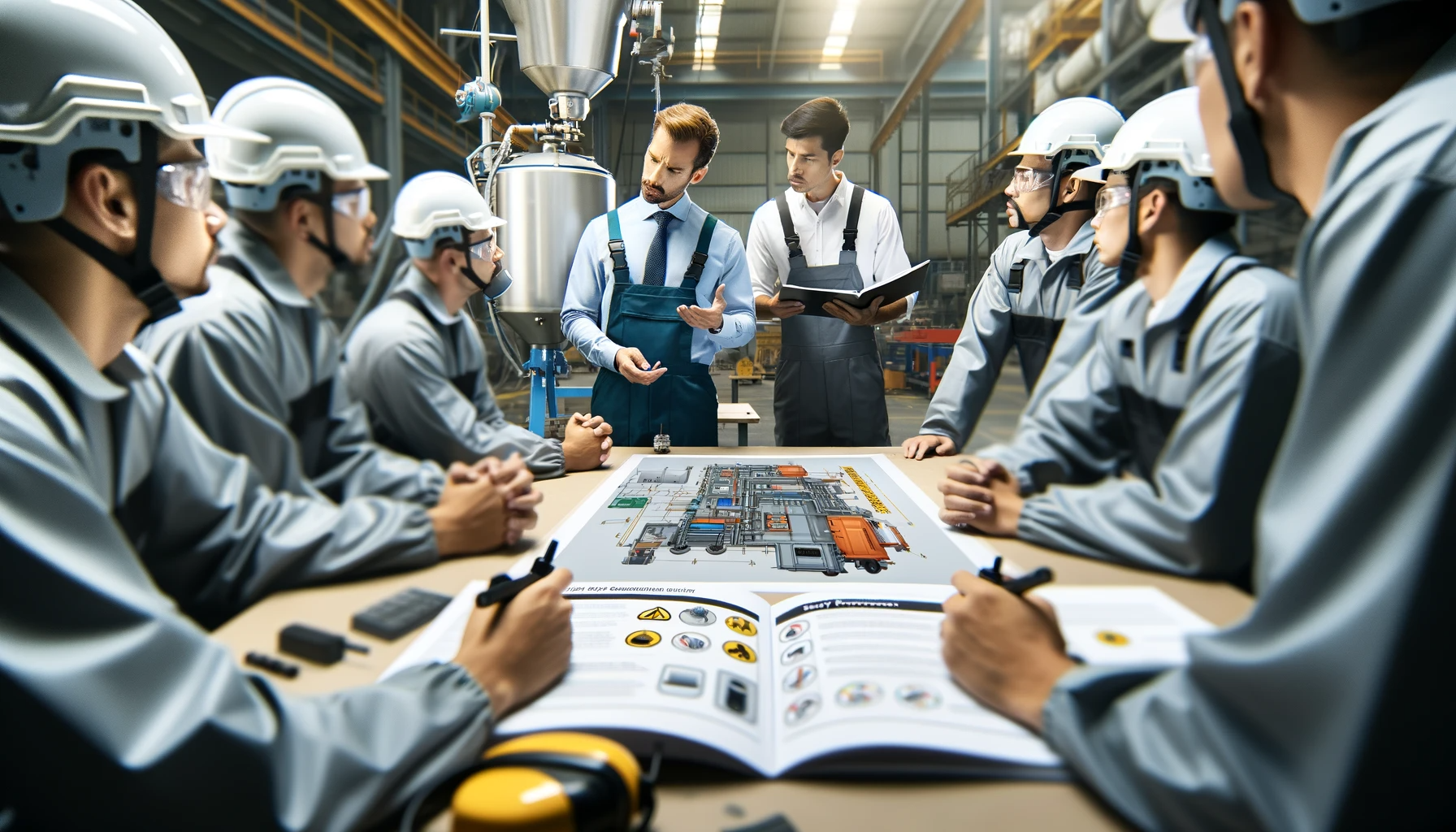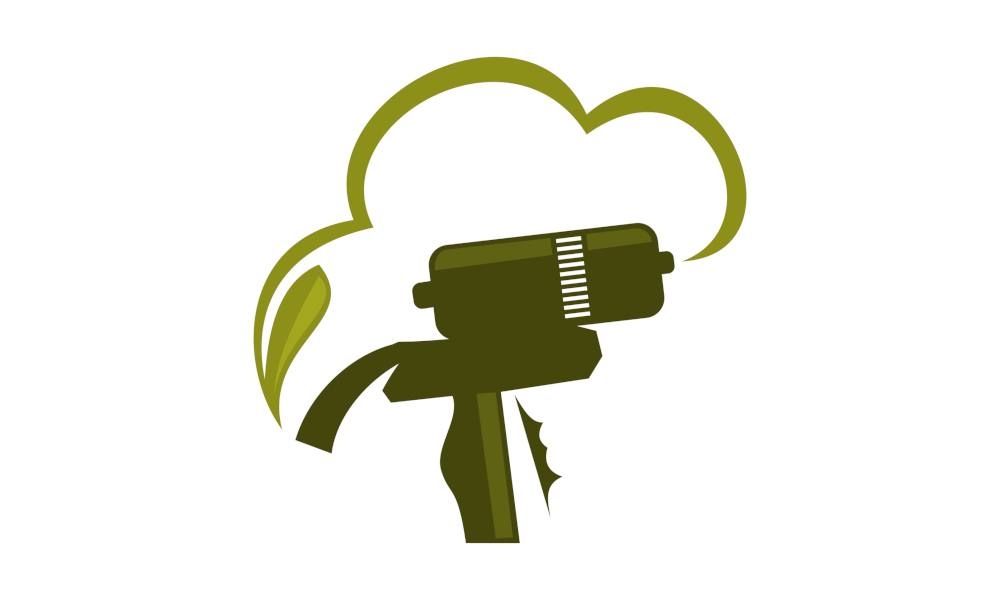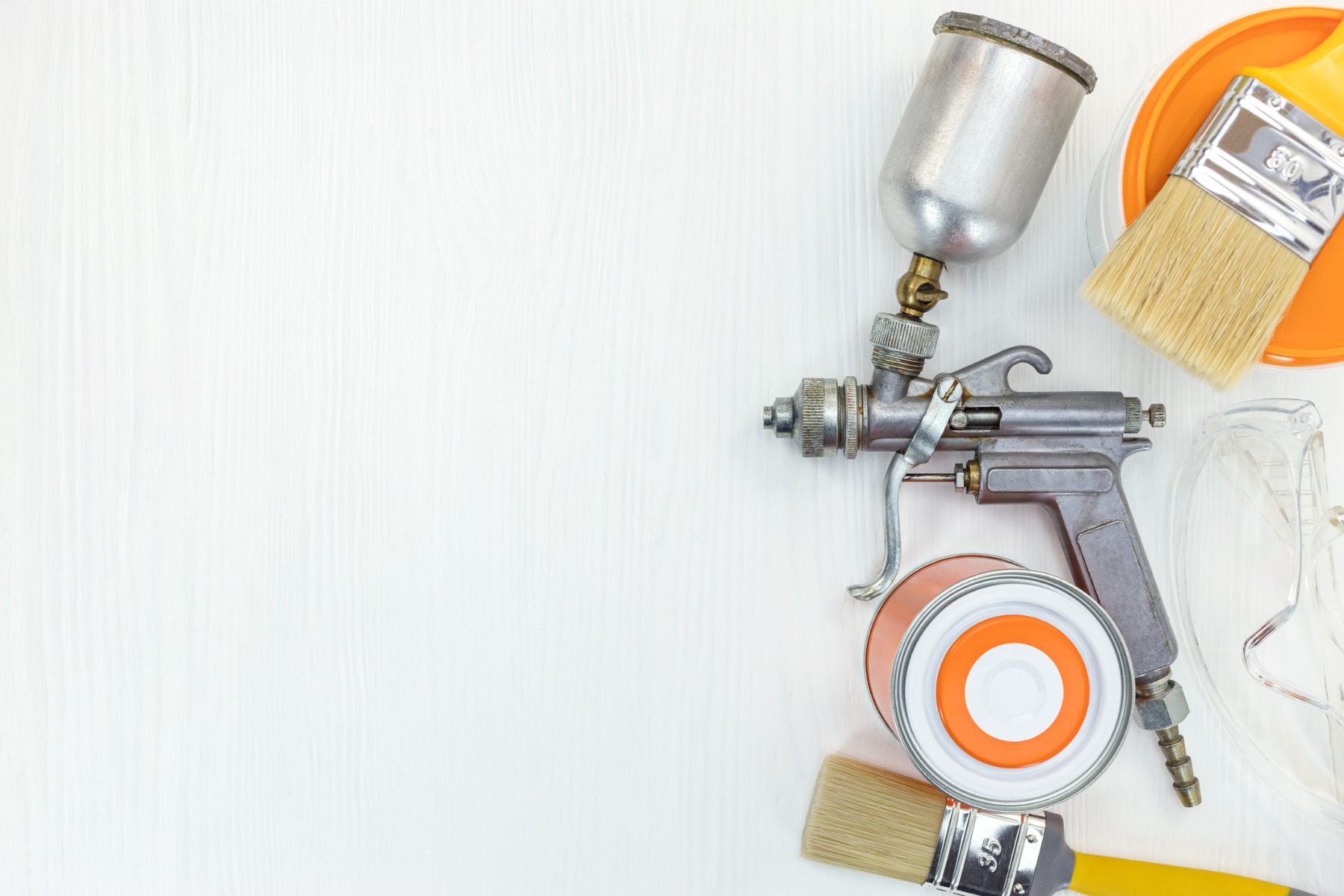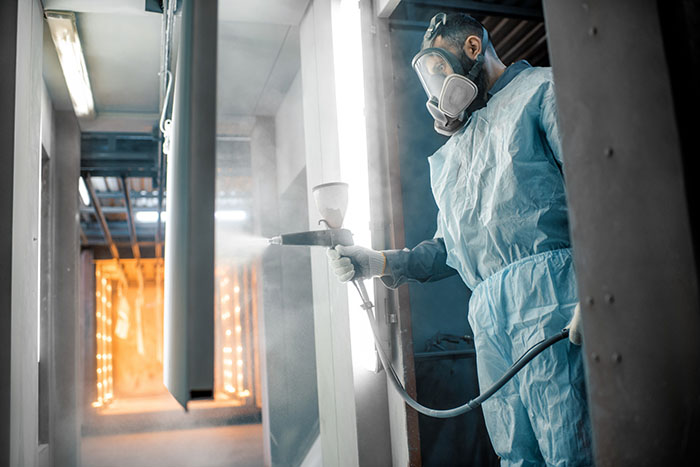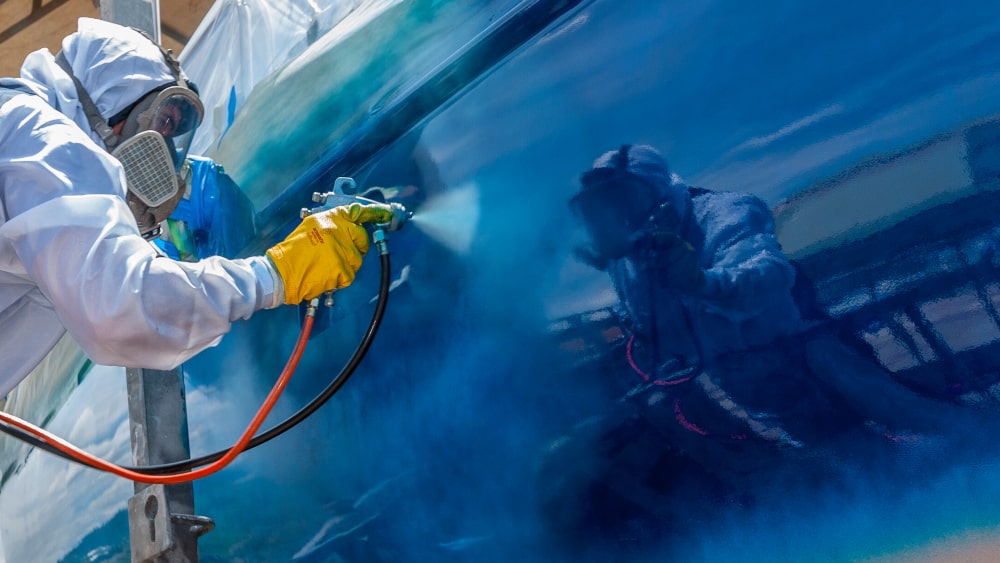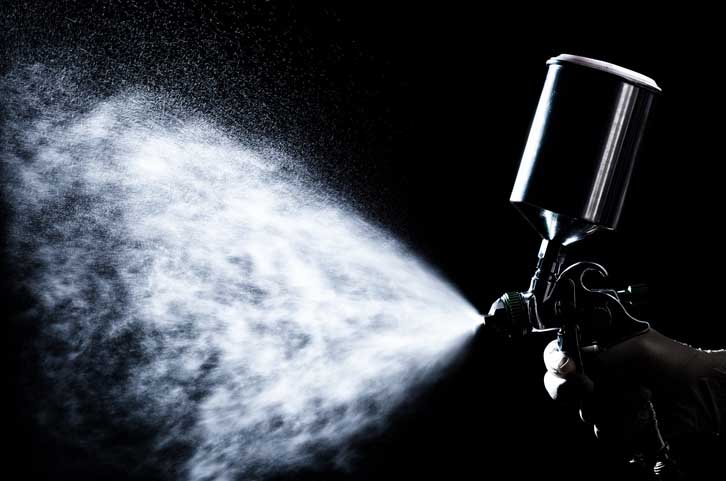- Technical Overview of Spray Finishing Equipment
- Spray Finishing Safety: Best Practices to Follow
- Common Safety Mistakes When Using Spray Equipment
- Consequences of Unsafe Equipment Use and Realistic Scenarios
- FAQs: Spray Painting Tips and Tricks
Spray finishing is an industrial process that's used in many different industries to add protective coatings, aesthetic appeal, and functional properties to surfaces. This process is facilitated through the use of industrial finishing machines - customizable, high-quality equipment that processes chemical components, prepares them for application, and sprays them onto the surface medium.
Knowing how to safely utilize these devices is crucial for protecting oneself and others. Below, you'll find a few of the best practices for spray finishing safety, common mistakes in spray equipment handling to avoid, and the possible consequences for failing to follow these recommendations.
Technical Overview of Spray Finishing Equipment
Spray finishing equipment is an all-encompassing term used to describe an array of different technologies. These machines and systems work by pumping liquid components from their reservoirs into the spray machine or proportioner, which then delivers the liquid with the necessary pressure for applying it to the surface with different types of spray guns depending on the technology used, such as conventional spray guns. Some materials may require a metering system or proportioner which also mixes two or more component materials as well will add heat for temperature conditioning if required.
Spray machines can be used for liquid coating or powder coating, and can be applied manually or by automated robots. Typically, the equipment is housed within a paint kitchen and spraying occurs in a paint booth. They can be electrically or pneumatically powered and are commonly used in industries like structural construction, automotive manufacturing, painting, or any other operation that requires a protective and durable coating.
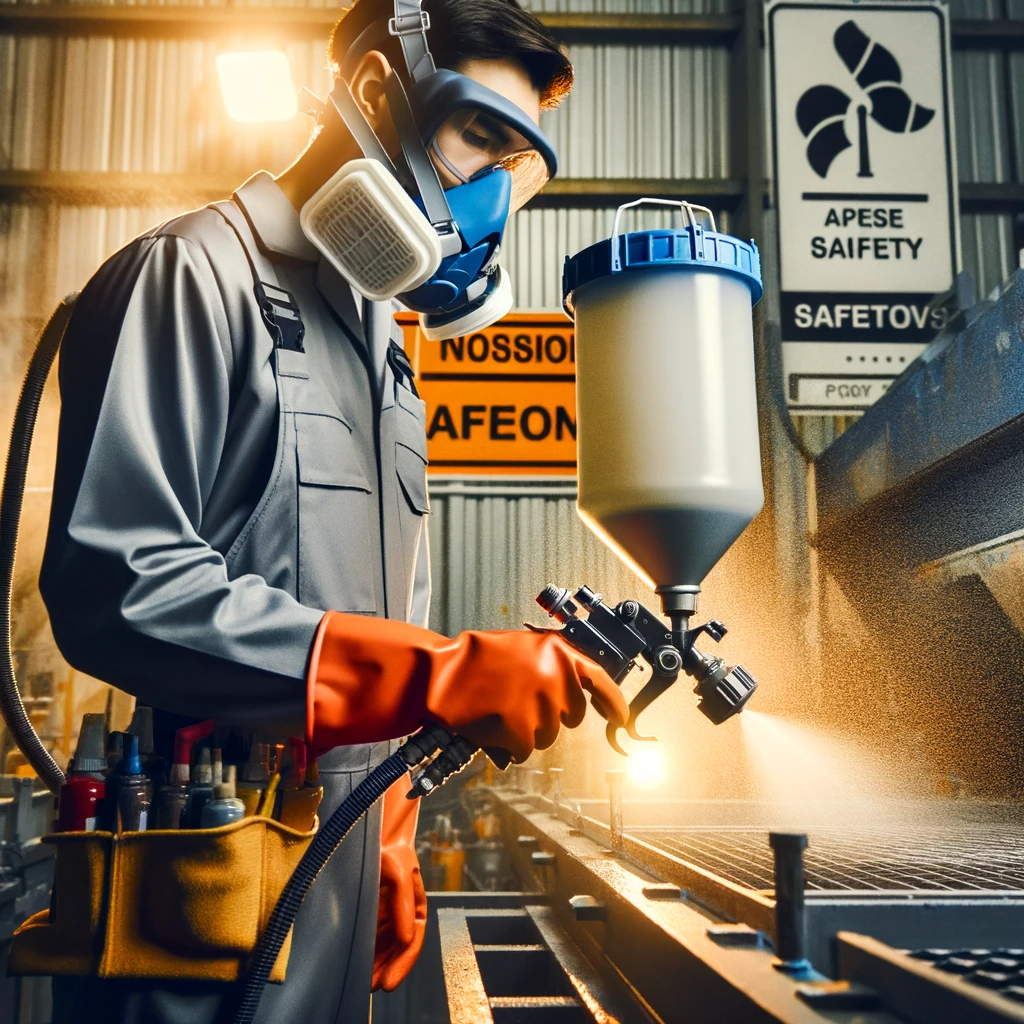
Spray Finishing Safety: Best Practices to Follow
As with any industrial machine, there are risks associated with its use. Fortunately, it is quite easy to ensure the safe use of industrial spray equipment by following manufacturer procedures and maintenance schedules. Here are some expert tips for safely using a paint sprayer or protective coating machine.
Always Wear Proper PPE for Spray Finishing
Personal protective equipment (PPE) is the most important safety consideration to make when it comes to spray gun safety. Many protective coatings produce harmful fumes, and material contact with the skin can result in irritation. A few of the most common types of PPE and their purposes can be seen in the table below:
PPE Type | Intended Function |
Respirator Masks | Filters fumes and toxic respiratory contaminants out of the air to ensure safe breathing for the spray technician. |
Disposable Painter Suits and Gloves | Covers any exposed skin on the body to avoid accidental contact with the spray chemicals. |
Eye Protection | Eye protection is 100% necessary during any finishing project. Most respirator masks include it, but safety goggles may be needed. |
Thoroughly Ventilate the Space
Exposure to harmful off-gasses and fumes is the biggest risk to personal health during the spray finishing process. Ventilation in spray finishing is crucial for industrial painting safety.
For optimum results in the finishing process, it's ideal to apply spray coatings in an enclosed and ventilated spray booth. This helps to eliminate accidental paint sprayer overspray, improves airflow, and removes the presence of any ignition sources.
Eliminate Sources of Ignition
Many spray materials like paints, resins, and corrosion-resistant chemicals are flammable, making them extremely hazardous to work with. All sources of fire and ignition should be removed when working with finishing chemicals, including when spraying oil based paint.
Common Safety Mistakes When Using Spray Equipment
There are several mistakes that technicians frequently make when using their equipment, all of which can prove to be hazardous:
- Ignoring Manufacturer Instructions: Every chemical and equipment manufacturer provides detailed instructions on how to safely handle their product.
- Neglecting Maintenance: Flushing your machine after use will ensure that incompatible chemicals do not mix. Additionally, cleaning the outside of the machine and the paint sprayer nozzle helps prevent accidental skin contact and reduces paint sprayer spitting.
- Overlooking Ventilation: Over Ventilating a space will help to promote the health of a workforce and prevent problems caused by long-lasting exposure.
- Not Using Explosion Proof Equipment: All surrounding electrical equipment in your spray area such as wiring and lightning may need to be rated as "explosion-proof" to ensure that rogue sparks are not a concern. Please be sure to consult your local regulations.
Consequences of Unsafe Equipment Use and Realistic Scenarios
Using spray equipment incorrectly can cause negative effects in three main ways: physical damage, bodily injury, and long-term health consequences.
Physical damage and bodily injury are both realistic possibilities when ignition sources are not controlled, as one single spark can cause a detrimental chain explosion. In addition, not wearing PPE can and has caused lasting health effects for many individuals. In fact, a phenomenon called sensitization has been thoroughly documented with spray technicians. This is when long-term respiratory contact with the isocyanate compounds found in many spray materials causes an immediate allergic reaction that persists chronically for an individual's life.
FAQs: Spray Painting Tips and Tricks
How to Use a Paint Sprayer Indoors?
When using an indoor paint spray gun, it's important to prioritize ventilation. An enclosed space can build up released fumes, creating physical and respiratory hazards.
How to Use an Airless Paint Sprayer & How to Use an Electric Paint Sprayer?
The best airless sprayer tips and electric spray paint tips include keeping the spray gun 12 inches from the spray medium and covering each pass by 50%.
How to Practice Spray Control?
One of the best spray paint gun tips for achieving maximum control is to move in perpendicular horizontal and vertical motions.
Summary
Safety protocols should always be followed when using spray equipment. By wearing the correct PPE, engaging in hazardous fumes management through ventilation, following manufacturer recommendations and maintenance schedules, and taking precautions to avoid combustion, you can feel confident that your job site will be accident-free.
As Canada’s leader in safe, high-performance spray machines, Bolair Fluid Handling Systems can be trusted to provide your business with the code-compliant equipment it needs to achieve a durable, protective coating. Our premium Graco and Sames paint sprayers and proportioners have been relied upon by countless industrial companies, so get in contact with us today to receive a quote.

